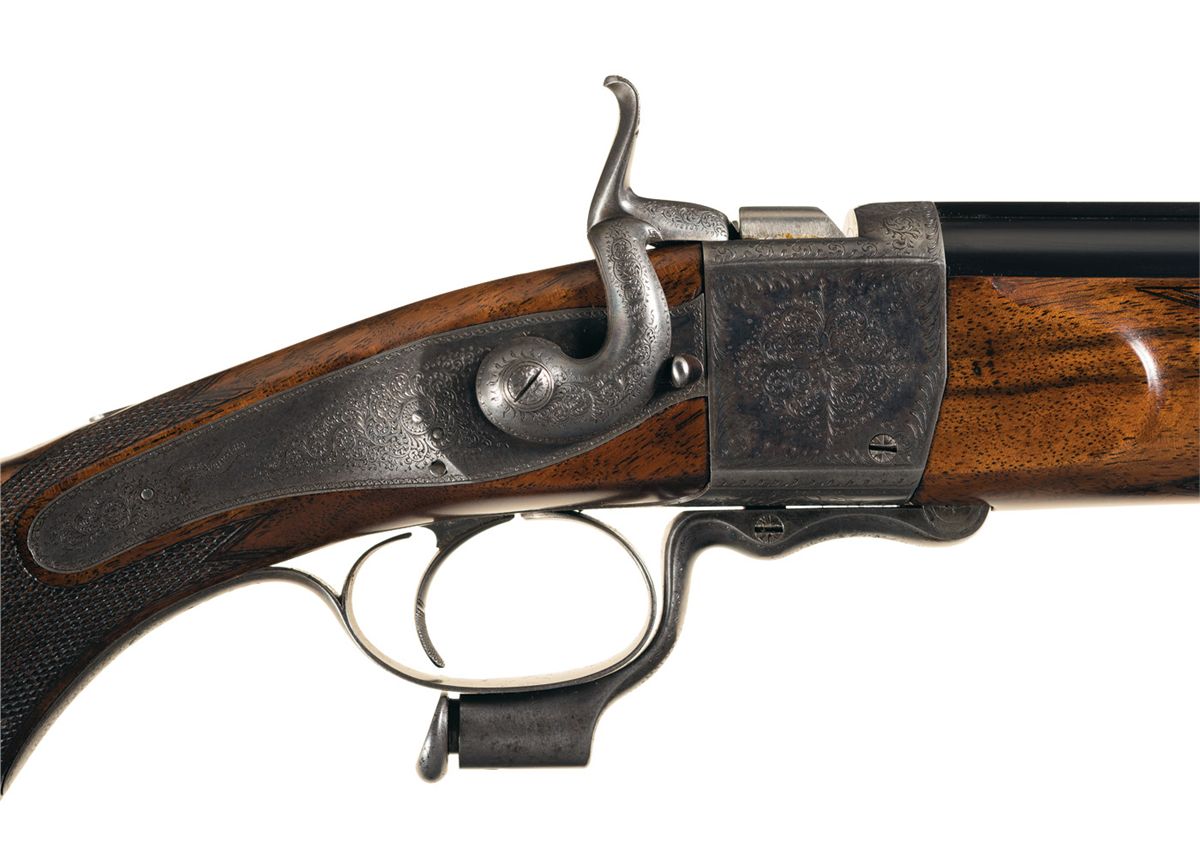
The damaged area is often in roughly the shape of a football. The gelatin will develop fissures or tears from the impact tearing through it. This is easily viewed with high speed photography. Upon the impact and penetration of the projectile, the gel block swells. With calibration complete, we then shoot the gelatin block. If there is no BB, you know the BB calibration may not have been done. Always look first for the BB when viewing gelatin test results.

If the block is not the correct density, your results will not be valid. The BB must be fired at a specific velocity (575-605 fps) and penetrate to a specified depth (2.95-3.74 inches). The procedure for doing this is to fire a BB from an air rifle into a corner of the block. To ensure a valid test, the blocks need to be tested to ensure they are the correct density. When it is time for the test, we remove the chilled gelatin blocks from the refrigerator and move them to the shooting range in the ballistic lab. After mixing it will be poured into a mold and refrigerated for at least 72 hours. This is Knox gelatin in its powder form as it’s being mixed 1 part gelatin to 9 parts hot water. We mix the gelatin with hot water, pour it into molds and refrigerate for at least 72 hours.

The mixture ratio of 10% gelatin is 1 part Knox gelatin and 9 parts water. 45-70 Government requires two of these monster blocks. Blocks 12 inches in diameter, necessary for the testing of larger calibers, weigh 100 pounds.

A typical 8x8x17 inch block of gelatin weighs 40 pounds. They are made of Knox gelatin similar to what your mother fed you as a kid, but without flavoring and made to a denser consistency. Making Jell-Oīallistic gelatin testing basically involves molding blocks of gelatin, shooting the blocks and measuring the damage you create. For now, I can simply state that 10% gelatin is the most universally recognized method of simulating performance against live tissue. The space allotted for this article will not allow a detailed comparison of each of the mediums I mentioned, with an assessment of the strong points of each. This would enable you to select one projectile or ammunition type as being more effective than other types. The ultimate goal of all was to measure the performance and be able to accurately predict effectiveness on live tissue. All are methods that allow you to compare performance of one fired projectile to another, so you can determine the best caliber or the best bullet for your intended application. Shooting hanging cadavers, baffle boxes of spaced pine boards, wax, clay, Duxseal, phone books (both wet and dry), wet newspapers, 20% gelatin and now 10% gelatin. There have been many different methods and mediums used over the years to measure ammunition performance and predict results on flesh.


 0 kommentar(er)
0 kommentar(er)
